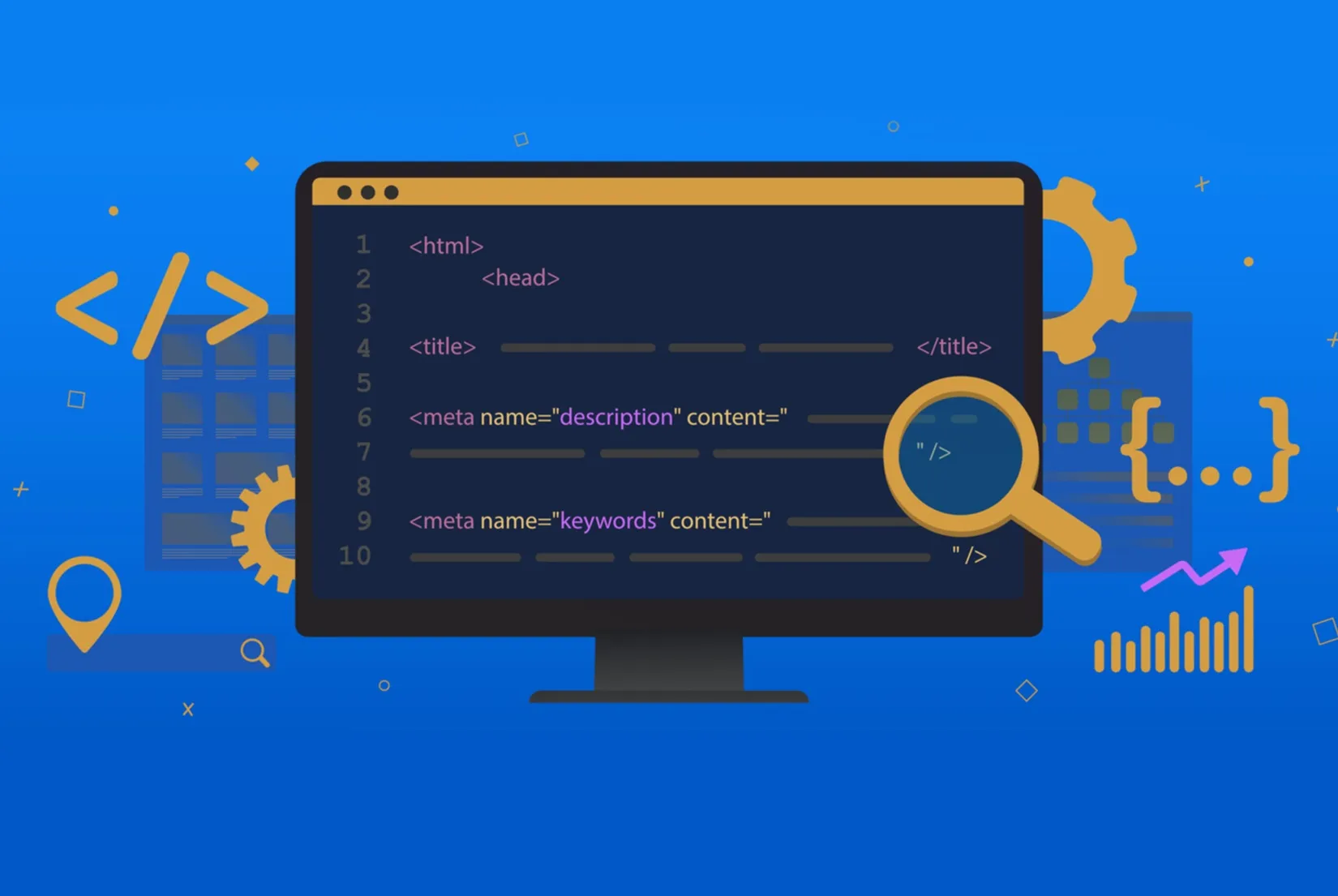In today's fiercely competitive digital world, getting your website to the top of Google's search results is no longer optional—it's a must. For developers using Next.js, one of the most powerful React frameworks, SEO optimization is easier and more effective than ever, especially through the management of Metadata.

This article will help you unlock the full potential of Metadata in Next.js, from the most basic concepts to advanced techniques, ensuring your website is not only user-friendly but also loved by search engines.
Metadata: The "Business Card" of Your Website in the Digital World
Think of Metadata as a "business card" your website sends to Google and other search engines. It provides concise but crucial information about a page's content, such as title, description, featured image, and more.

When properly optimized, Metadata helps:
- Improve search ranking: Gives search engines clear context about your page's content, helping them rank your page more accurately for relevant queries.
- Increase click-through rate (CTR): An attractive title and compelling description encourage users to click your link in search results.
- Enhance social sharing experience: When users share your link, Metadata (especially Open Graph tags) determines the image, title, and description shown, creating a professional and engaging preview.
In Next.js (especially from version 13 onwards with the App Router), Metadata management has been standardized and is more powerful than ever through the Metadata API.
Unlocking the Power of the Metadata API in Next.js
Next.js provides two main ways to define Metadata: config-based and file-based.
1. Config-based Metadata
This is the most common and flexible approach, allowing you to define metadata directly in your layout.js or page.js files.
Static Metadata
For pages with unchanging content (e.g., About, Contact), you can export a static metadata object.
Example in app/about/page.js:
import { Metadata } from 'next';
export const metadata: Metadata = {
title: 'About Us | Company Name',
description: 'Learn more about our history, mission, and team.',
};
export default function AboutPage() {
// ... Page content
}
In this example, we define a specific title and description for the About page.
Dynamic Metadata
For pages with content that changes based on data (e.g., product details, blog posts), use the generateMetadata function. This lets you fetch data (e.g., from a CMS or API) and generate metadata accordingly.
Example in app/blog/[slug]/page.js:
async function getPost(slug) {
const res = await fetch(`https://api.example.com/posts/${slug}`)
return res.json()
}
export async function generateMetadata({ params }) {
const post = await getPost(params.slug)
if (!post) {
return {
title: 'Post Not Found',
}
}
return {
title: post.title,
description: post.excerpt,
openGraph: {
title: post.title,
description: post.excerpt,
images: [
{
url: post.imageUrl,
width: 1200,
height: 630,
},
],
},
}
}
export default async function BlogPost({ params }) {
// ... Blog post content
}
Here, generateMetadata receives params (containing the post's slug), fetches the corresponding post data, and dynamically generates the title, description, and Open Graph tags for social sharing.
2. File-based Metadata
Next.js also supports creating special files in route folders to manage other important SEO elements.
robots.txt: Instructs search engine bots how to crawl your website.sitemap.xml: Lists all important URLs on your site, helping search engines discover and index your content more efficiently.favicon.ico,apple-icon.png: Website icons shown in browser tabs or on mobile home screens.opengraph-image.jpg,twitter-image.jpg: Default images used when your link is shared on social media.
You can create these files statically or dynamically (by creating a route.js file to generate their content).
Advanced SEO Techniques with JSON-LD
To take SEO in Next.js to the next level, don't overlook JSON-LD (JavaScript Object Notation for Linked Data). This structured data format helps you "explain" your content to search engines in more detail.

For example, you can tell Google that a page is about a product, an article, a recipe, or an event. This information can help your page appear as a "rich snippet" in search results, such as with star ratings, product prices, or cooking times.
How to implement JSON-LD in Next.js:
You can embed JSON-LD directly into your page as a <script> tag.
Example for a product page:
export default function ProductPage({ product }) {
const jsonLd = {
'@context': 'https://schema.org',
'@type': 'Product',
name: product.name,
image: product.image,
description: product.description,
brand: {
'@type': 'Brand',
name: product.brand,
},
offers: {
'@type': 'Offer',
url: product.url,
priceCurrency: 'VND',
price: product.price,
availability: 'https://schema.org/InStock',
},
}
return (
<section>
{/* Add JSON-LD to your page */}
<script
type="application/ld+json"
dangerouslySetInnerHTML={{ __html: JSON.stringify(jsonLd) }}
/>
{/* ... Rest of the component */}
</section>
)
}
Best Practices for Maximum Optimization
To ensure your Metadata and SEO strategy is as effective as possible, keep these points in mind:
- Uniqueness: Each page should have a unique title and description that accurately reflect its content.
- Keyword optimization: Research and use relevant keywords naturally in your titles and descriptions.
- Ideal length: Keep titles under 60 characters and descriptions under 160 characters for best display in search results.
- Use Open Graph: Always configure
openGraphtags to optimize social sharing. - Create
sitemap.xmlandrobots.txt: These are essential files for any website that wants to be indexed efficiently. - Leverage structured data (JSON-LD): Use appropriate schemas to highlight your content and increase your chances of rich snippets.
- Monitor and test: Use tools like Google Search Console to track SEO performance and check if your metadata is displayed correctly.
By mastering and applying Metadata management techniques in Next.js, you're not only building a technically solid website but also creating a huge competitive advantage in SEO. Start optimizing today to conquer the top Google rankings!
![[Next.js Tutorial] Testing: The Complete Guide to Unit, Integration, and E2E Testing](/images/blog/testing-in-nextjs.webp)
![[Next.js Tutorial] Layouts: A Detailed Guide to Optimizing Your Website UI](/images/blog/layouts-in-nextjs.webp)
![[Next.js Tutorial] Middleware: A Practical Guide with Real-World Examples](/images/blog/middleware-in-nextjs.webp)
![[Next.js Tutorial] Mastering Rendering Strategies: SSG, SSR, ISR, and CSR](/images/blog/nextjs-rendering-strategies.webp)